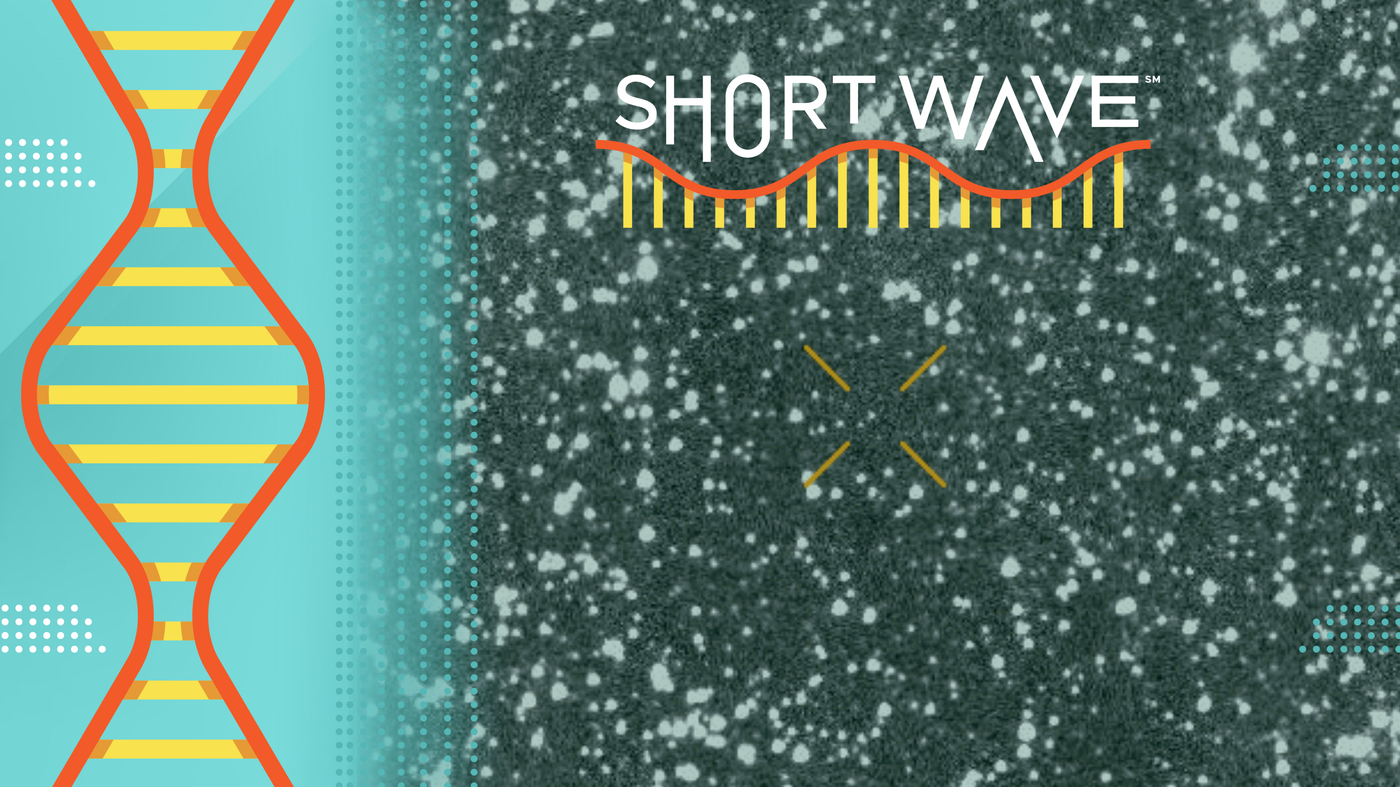Rare Interstellar Comet 3I/ATLAS Approaches Earth: Viewing Insights

A rare interstellar comet, designated as 3I/ATLAS, is making its way toward Earth. Detected on July 1, 2023, by the NASA-funded Asteroid Terrestrial-impact Last Alert System (ATLAS), this comet was identified by a telescope located in Chile. The ATLAS network consists of four telescopes situated in Hawaii, Chile, and South Africa, which continuously scan the night sky for moving celestial objects.
Unlike most known comets that orbit the Sun, 3I/ATLAS is an interstellar visitor, traveling at an astonishing speed of 137,000 miles per hour. This comet originated from beyond the gravitational influence of our solar system, ensuring that it poses no threat to Earth. Its closest approach will be approximately 150 million miles away, which is about 1.5 times the distance between Earth and the Sun.
3I/ATLAS is only the third confirmed interstellar object to pass through our solar system. The first, known as ‘Oumuamua, was observed in 2017 and generated considerable interest due to its unusual characteristics. Measuring nearly a quarter mile in length and shaped like a cigar, ‘Oumuamua sparked debates about its nature, including theories that it could be an artificial spacecraft. Despite extensive study during its brief visibility, questions regarding its origin remain unresolved.
Planetary astronomer Teddy Kareta, who specializes in the study of comets, expressed enthusiasm about 3I/ATLAS. He stated, “We haven’t seen this object before. We’ll have a couple of months to study it for real, and then it’s gone forever.” The scientific community is particularly eager to examine this comet because it may provide insights into whether our solar system is unique in the cosmos.
As 3I/ATLAS approaches, scientists anticipate that October 2023 will be a key time for observation. Kareta noted that under dark skies, equipped with a large telescope and some patience, it may be possible to see the comet with the naked eye. This would mark a significant moment in astronomy, as it would be the first time individuals have witnessed the light from an interstellar object firsthand.
The interest in 3I/ATLAS not only highlights the ongoing exploration of our universe but also underscores humanity’s quest to understand our place within it. As preparations for observation continue, astronomers and enthusiasts alike await the opportunity to witness this remarkable cosmic event.






